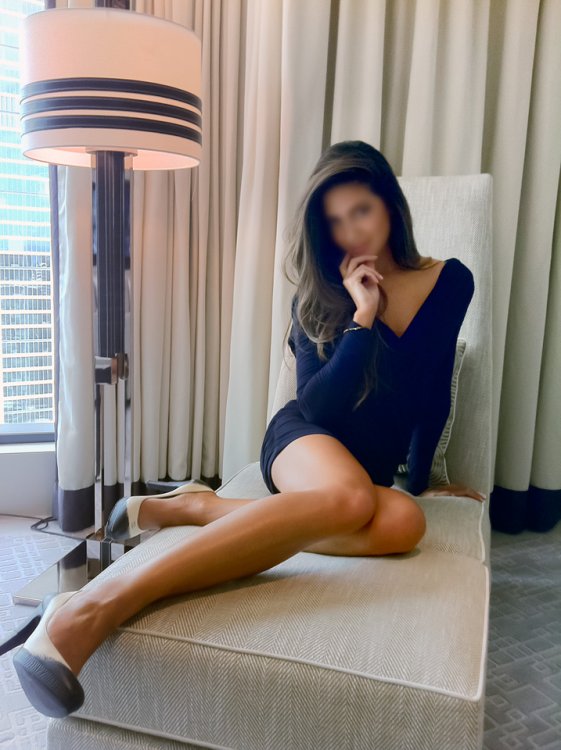Gear and Stuff
 One of the most annoying comments people can ask a photographer goes along the lines of "Nice shot, you must have a good camera. What stuff do you use?" Many budding photographers are very hung up about gear. And why not? You often see gear heads comparing equipment like as if it's some sort pissing contest. Bigger, heavier, faster and more megapixels rule right?
One of the most annoying comments people can ask a photographer goes along the lines of "Nice shot, you must have a good camera. What stuff do you use?" Many budding photographers are very hung up about gear. And why not? You often see gear heads comparing equipment like as if it's some sort pissing contest. Bigger, heavier, faster and more megapixels rule right?
Some photographers will give a reply that goes something like this. "That's like saying you must be a great chef since you have a nice stove." The adage that a bad tradesman blames his tools applies to photography. I can't tell you how many times I've heard the familiar story about how someone would have nailed the shot if only that had a particular lens or that camera body which can shoot ten frames per second. In my opinion, the last thing most of these people need is more gear which they don't know how to use properly. Entry level D-SLR camera kits are so good these days that they will take you all the way to professional level of output, whether that be print or web. In the case of the latter, even point-and-shoots and good camera phones can do a fine job. Don't believe me? The featured photo here was taken with my 5 megapixel iPhone 4. Good enough for a Private Girls profile.
So how much difference does pro-level gear make? I believe that if you can't get 80-90% of the way to what you want to achieve with entry level equipment, the problem is not the gear. At least 80% of the quality of a photograph is down to composition, light and technique. For fashion and glamour photography, add in concept, subject, experience and talent of the model and posing. More attention to these aspects will make a much greater difference than upgrading.
So as someone who brings 20k worth of camera equipment to a shoot, one might reasonably ask how does that qualify me to be making such judgements? Firstly, my gear serves me in my primary goal for work and that is making large prints. That requires a camera capable of at least 12 megapixels. On the other hand resolution of web images is so low that it makes virtually no difference whether you're using 6 or 36 megapixels. Secondly, I need to provide the best possible work for my clients so that extra 10-20% of extra quality I get from pro-level gear matters to me. Thirdly, image is important. It would not be a good look for me to charge clients top dollar and then turn up with basic out-of-date equipment. Imagine going to a doctors appointment and he's dressed in a hoody and shorts. Sure you would get the same treatment if he was wearing a suit but impressions matter and you might harbour doubts about his professionalism. Lastly, on occasions I've had to take a wide range of camera equipment on 'test drives' for their makers so I'm aware of the limitations of different levels of gear. I can tell you that unless you're comparing large poster sized prints, no one is the wiser what you've been shooting with.
So the take home message is this - the difference between top and entry level camera equipment is barely discernible to the great majority of people. Unless you've got money to burn a basic D-SLR and zoom lens will take you far. Many who use very 'fast' lenses (high f stop number capabilities) too early in the learning curve won't even be able to control their depth of field at such wide apertures afforded by these lenses. The result? Many out of focus blurry images. Upgrade when you've mastered your current set up and know specifically how you expect to improve your images with a new acquisition.
Tune in to my next blog for a discussion about amateurs versus professionals and what the latter brings to the table.




11 Comments
Recommended Comments